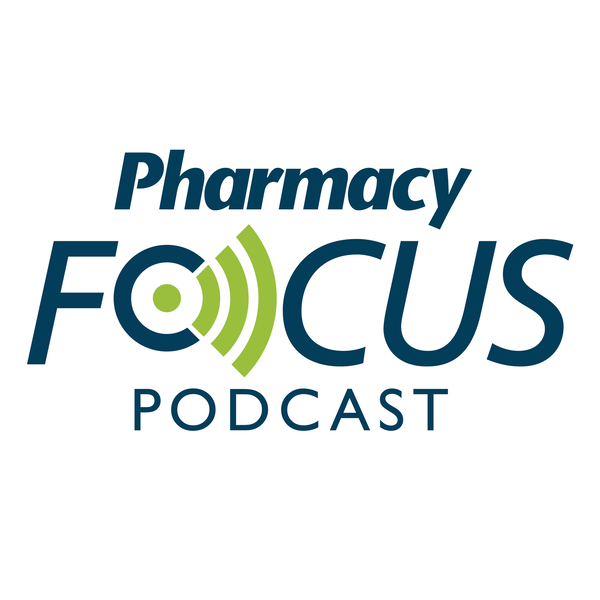Publication
Article
Specialty Pharmacy Times
Biosimilars: A Market in Motion
Author(s):
The industry is watching how biosimilars will affect the market and the challenges that lie ahead.
The world of biosimilars has taken a few twists and turns as pharmaceutical organizations and the industry as a whole watches closely. Specialty pharmacy, in particular, is affected as discussions continue about the substitution of biosimilars in place of branded biologics.
The Generic Pharmaceutical Association recently stated that state law limiting substitution would keep affordable medications from patients in need and also would limit consumer and patient access to safe and effective biosimilars in the future. Meanwhile, the Pharmaceutical Care Management Association declared that “dueling” state and federal rules laws would prevent a pharmacist from knowing when it would be appropriate to dispense a biosimilar in place of a branded product.
The biosimilar market penetration was the focus of the 8th Biosimilars Summit and a new report from Grant Thornton provides valuable insights into the issues and challenges influencing the launch and uptake of biosimilar therapies. Although biosimilars have yet to win approval in the United States, they have been approved and are currently in use elsewhere in the world.
The report estimates that the true price differential between a branded biologic and a biosimilar will be approximately 20%. From a payer perspective, biosimilars pose challenges. Although payers generally welcome products that offer price discounts, they may be reluctant to switch patients to biosimilars if these individuals are stable using branded biologics. Payers may rely on the assignment of an interchangeability status to cover biosimilar medications, and as a result, this could affect the penetration of biosimilar treatments— even if they come to market.
Another consideration is this— could biosimilars help reduce high specialty drug prices? The gap between the high price of specialty pharmaceuticals and the low cost of generic therapies is getting wider, according to data released in Express Scripts’ 2012 Drug Trend Report. In fact, spending on traditional drugs dropped by 1.5% in 2012—the first time a drop has been recorded since the launch of the report in 1993. Specialty drug spending, however, grew by 18.4%.
One possibility to offset the costs of expensive specialty medications may be to expedite the development of the pathway for biosimilars, says Sharon Frazee, vice president of research analytics at Express Scripts.
Specialty Pharmacy Times interviewed Frazee, along with Glen Stettin, MD, senior vice president, clinical, research and new solutions, about the results of Express Scripts’ newest report. To read these exclusive interviews, visit http://phrmcyt.ms/WGux56 and http://phrmcyt.ms/ ZT2KNS
Thank you for reading!
Mike HennessyChairman/Chief Executive Officer







